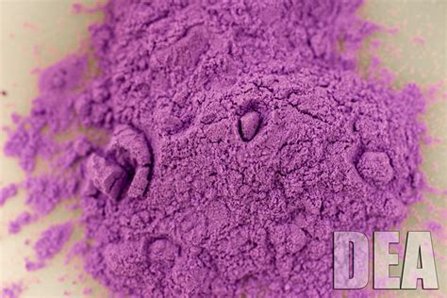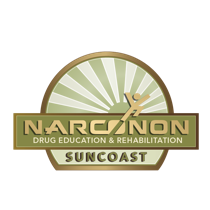Suncoast Rehabilitation Center encounters addicts to all types of drugs. In this case, we wanted to discuss the “club drug” lysergic acid diethylamide – commonly shortened to LSD.

First of all, what is a “club drug” anyway? Usually a club drug is any drug commonly taken at dance clubs or raves. These drugs usually include peyote, mushrooms, ecstasy, LSD, and marijuana—to name a few. LSD is one of the older club drugs and did not start out as such.
It was developed in 1938 by chemist Albert Hofmann. It was experimented with by psychiatrists and psychologists from the 40’s through the 60’s, including by the CIA in its domestic mind control experimentation in the 1950s and early 1960s. No recognized medical use has been found for it, although some psychiatrists have periodically sought to claim that taking an hallucinogenic drug somehow helps ”psychotherapy.”
The drug became popular in the 1960’s when psychologist Timothy Leary famously encouraged students in America to “turn on, tune in, and drop out”. Since it was popularized in the 1960’s to present, LSD (or acid, dots, tabs, loony tunes, lucy in the sky with diamonds, etc) has been used recreationally to produced vivid hallucinations in the user.
There is some contention as to whether or not LSD is addictive. It is generally considered not to be addictive because it does not produce the cravings associated with physical addiction. Many people successfully stop using LSD on their own.
On the other hand, LSD dependence is typically psychological, not physical. While the drug does not cause physical cravings, individuals who take it often associate it with particular people and circumstances and make a habit out of using the drug whenever they are in social situations. This can make quitting difficult, since it may require that the user stop associating with friends who use LSD in order to break the habit of using it as a social ritual. Users may become tolerant to LSD, which means that they require more and more of the drug each time to achieve the same effect. Higher doses carry a higher risk of bad side effects, so increasing the dose can quickly become dangerous.
The impact of LSD is somewhat unpredictable. It causes hallucinations and sensory distortions. An LSD “trip” can last up to 12 hours. If the hallucinations and body sensations are negative, the user can experience this as a terrifying, un-ending experience. These changes can be frightening and can cause panic. Some LSD users also experience severe, terrifying thoughts and feelings, fear of losing control, fear of insanity and death. Psychotic breaks have occurred on LSD. Also impaired senses can lead to injury or fatal accidents as the person incorrectly perceives his environment.
LSD is also notorious for causing “flash-backs” in which the user experiences the impact of the drug, even years after he or she ceased using it.
In fact, it was the phenomenon of flash-backs which helped lead L Ron Hubbard to develop the technique which is used today in the Narconon program, the New Life Detoxification. By eliminating drug residuals stored in the body from past drug use, the New Life Detoxification can not only reduce or eliminate cravings for further drug use, has also been known to put an end to the phenomenon of LSD flash-backs.
To find out more about how the Narconon program can help you or a loved one, contact us at the number at the top of this page.
